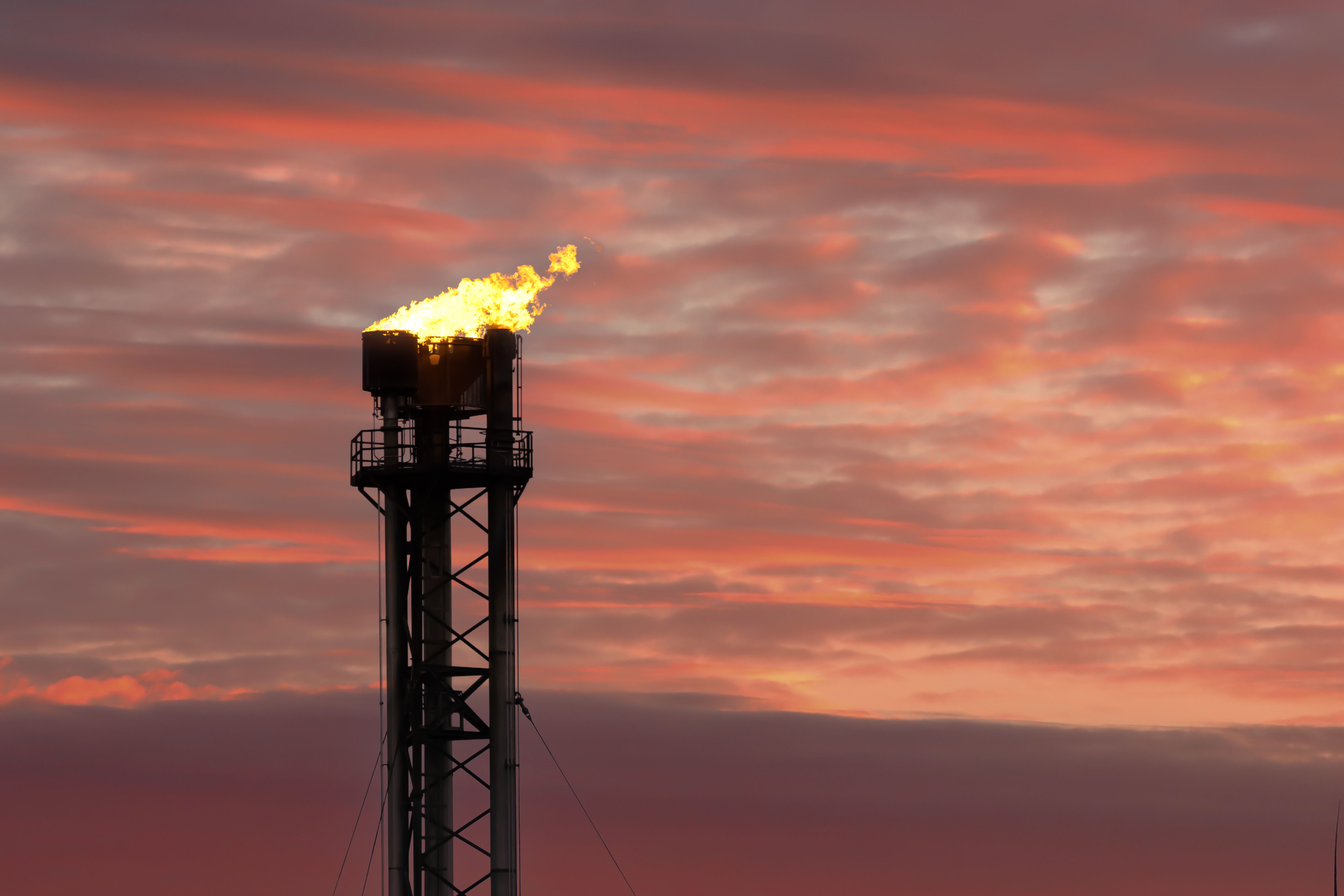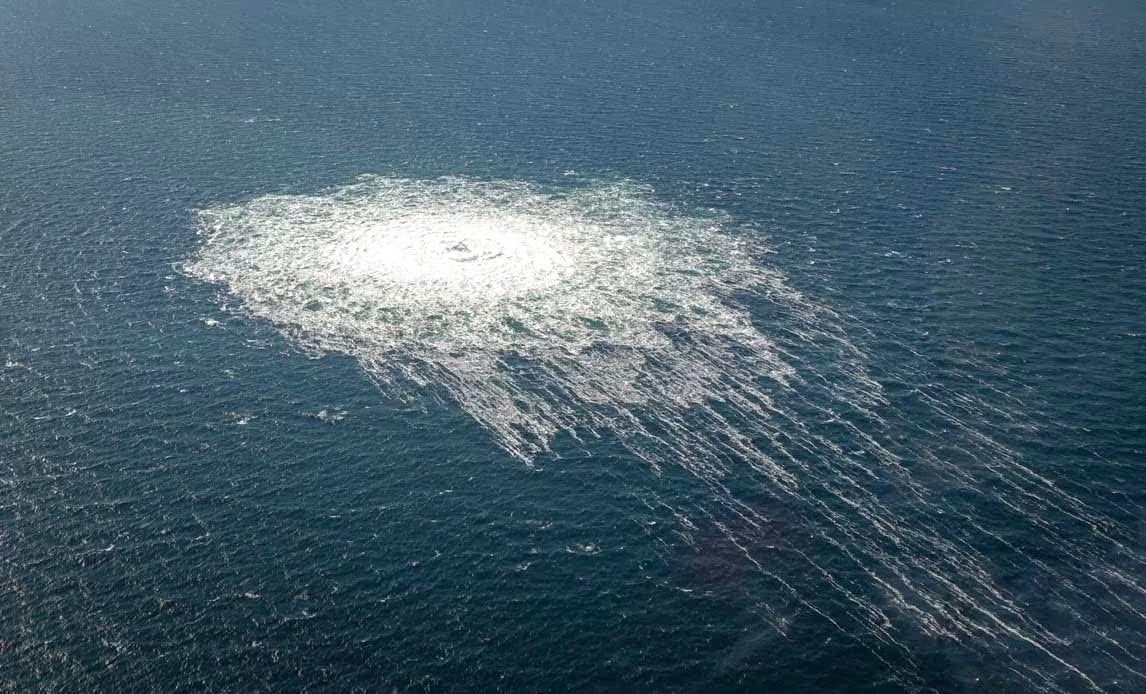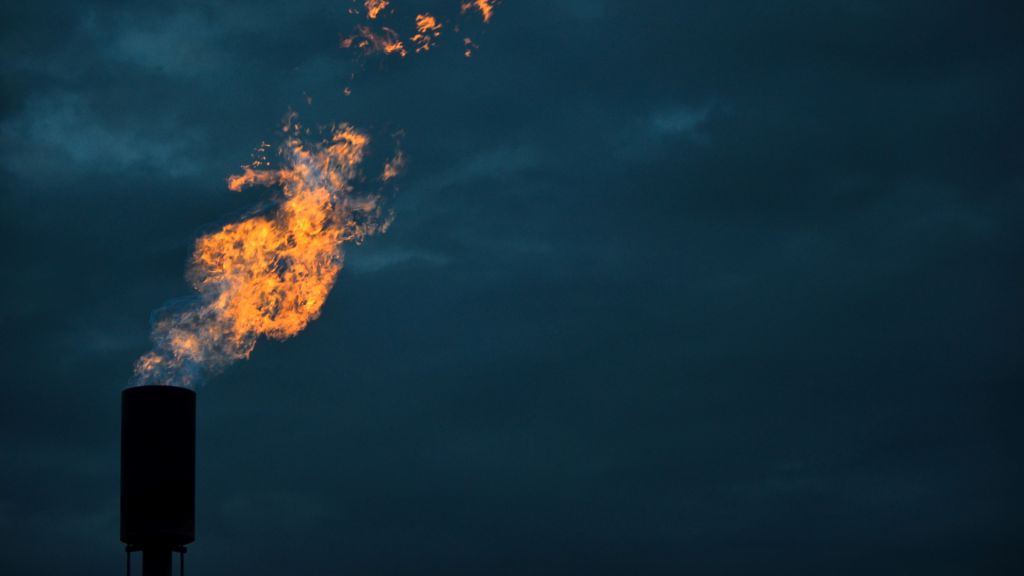
Methane Leaks
Increasing methane emissions are a major contributor to the rising concentration of greenhouse gases in Earth's atmosphere, and are responsible for up to one-third of near-term global heating. During 2019, about 60% of methane released globally was from human activities, while natural sources contributed about 40%. Reducing methane emissions by capturing and utilizing the gas can produce simultaneous environmental and economic benefits. Since the Industrial Revolution, methane concentrations in the atmosphere have more than doubled, and about 20 percent of the warming the planet has experienced can be attributed to the gas. About one-third of anthropogenic emissions are from gas release during the extraction and delivery of fossil fuels; mostly due to gas venting and gas leaks from both active fossil fuel infrastructure and orphan wells. Russia is the world's top methane emitter from oil and gas.









